Author: Jordan Folks
In order to make beer, a brewer must first produce wort, which occurs during the mash, a process that involves blending crushed malt with water such that enzymes are activated that convert starch to fermentable sugar. Due to the lower modification of historical brewing malts, various mash approaches were developed to aid in the conversion process, and while modern malts are well enough modified that a single-infusion suffices, some continue to rely on age-old methods due to their belief it positively impacts flavor.
A method that involves gradually heating the mash through a series of specific temperatures is the step mash, which is said to give brewers more control over various qualities of the finished beer including perceived sweetness and mouthfeel. Another method that was once used as a matter of course by German brewers is the decoction mash, which involves boiling a portion of the mash then adding it back to the main mash as a way to increase the temperature. This can be done a single time, though brewers often perform multiple decoctions, during which Maillard reactions purportedly occur that create perceptibly rich melanoidins.
In the time I’ve been brewing, I’ve performed numerous decoction mashes that have resulted in excellent German and Czech lagers, though as much as I appreciate the tradition it pays tribute to, I’ve found to be a laborious process. As such, I’ve adopted the more simple step mash as my standard method when brewing lagers, and I’ve been pleased with the outcome. However, I’ve been curious as to whether a double decoction creates a noticeable difference in flavor and/or attenuation compared to a step mash, so I designed an xBmt to test it out.
| PURPOSE |
To evaluate the differences between a Czech Dark Lager made using a step mash and one made using a double decoction mash.
| METHODS |
For this xBmt, I went with a Czech Dark Lager recipe, as it’s a style known for possessing a deep malt character that some believe can only be achieved with a decoction mash. Special thanks to F.H. Steinbart for supplying the malt for this batch!
Betray The Dark
Recipe Details
| Batch Size | Boil Time | IBU | SRM | Est. OG | Est. FG | ABV |
|---|---|---|---|---|---|---|
| 5.1 gal | 60 min | 31.1 | 24.3 SRM | 1.06 | 1.02 | 5.25 % |
| Actuals | 1.06 | 1.02 | 5.25 % | |||
Fermentables
| Name | Amount | % |
|---|---|---|
| Barke Vienna Malt | 5 lbs | 46.51 |
| Sladovny Soufflet Czech Pilsen Malt | 3 lbs | 27.91 |
| Isaria 1924 | 2 lbs | 18.6 |
| Carafa Special III | 8 oz | 4.65 |
| Caramunich II | 4 oz | 2.33 |
Hops
| Name | Amount | Time | Use | Form | Alpha % |
|---|---|---|---|---|---|
| Saaz | 85 g | 60 min | Boil | Pellet | 2 |
| Saaz | 43 g | 40 min | Boil | Pellet | 2 |
Yeast
| Name | Lab | Attenuation | Temperature |
|---|---|---|---|
| Urkel (L28) | Imperial Yeast | 75% | 57.2°F - 51.8°F |
Notes
| Water Profile: Ca 51 | Mg 4 | Na 10 | SO4 14 | Cl 77 |
Download
| Download this recipe's BeerXML file |
After collecting the full volume of filtered tap water for two 5 gallon/19 liter batches, adjusting each to the same desired profile, and getting them heating up, I milled the pale and caramel malts, opting to keep the roasted grains aside to be added during the mashout.
Once each water was properly heated, I added the separate grists to each kettle of water to achieve the first target temperature of 144°F/62°C. After 45 minutes, I set my controller to heat the step mash batch to 157°F/69°C, then pulled off a portion of the decoction batch that was boiled for 15 minutes before being added back to the main mash to achieve the same temperature.
At this point, I prepared the kettle hops.
After a 30 minute rest, I repeated the same process to get the mashes to my preferred mashout temperature of 170°F/77°C, at which point the roasted grains were added and left to steep for 10 minutes before the grains were removed. The worts were then boiled for 60 minutes with hops added at the times listed in the recipe, after which they were chilled during transfer to identical fermentation kegs.
Refractometer readings showed the step mash wort was 0.008 OG lower than the double decoction wort, which is presumably due to the boiloff that occurred during the two decoction steps.
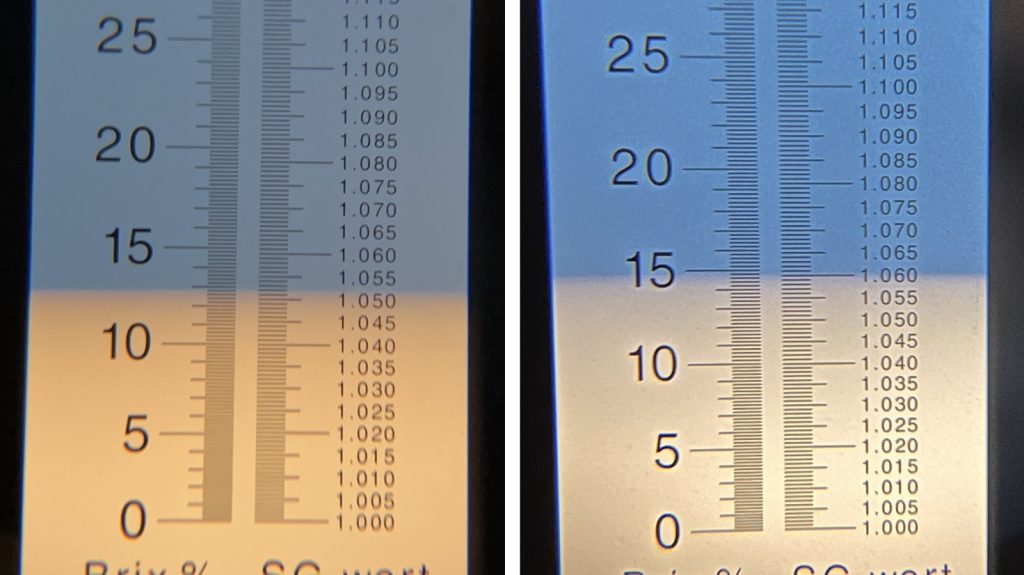
The worts were placed in my chamber and left to finish chilling to my desired pitching temperature of 50°F/10°C, at which point I pitched two pouches of Imperial Yeast L28 Urkel into each batch of wort.
The beers were left to ferment at 50°F/10°C for a week before I began very gradually raising the temperature to 62°F/17°C over the following 2 weeks, then after a 2 day diacetyl rest, I gradually reduced the temperature of the beers to 31°F/-0.5°C. At this point, I took hydrometer measurements showing the step mash beer had a lower FG.
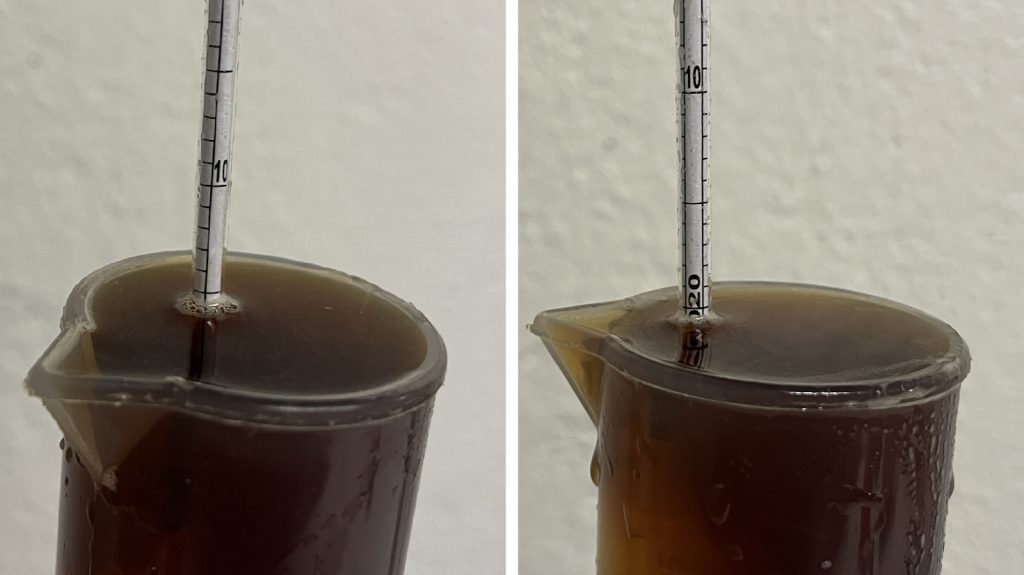
The beers were pressure-transferred to CO2 purged serving kegs that were placed in my keezer and left to lager for a month before they were ready for evaluation.
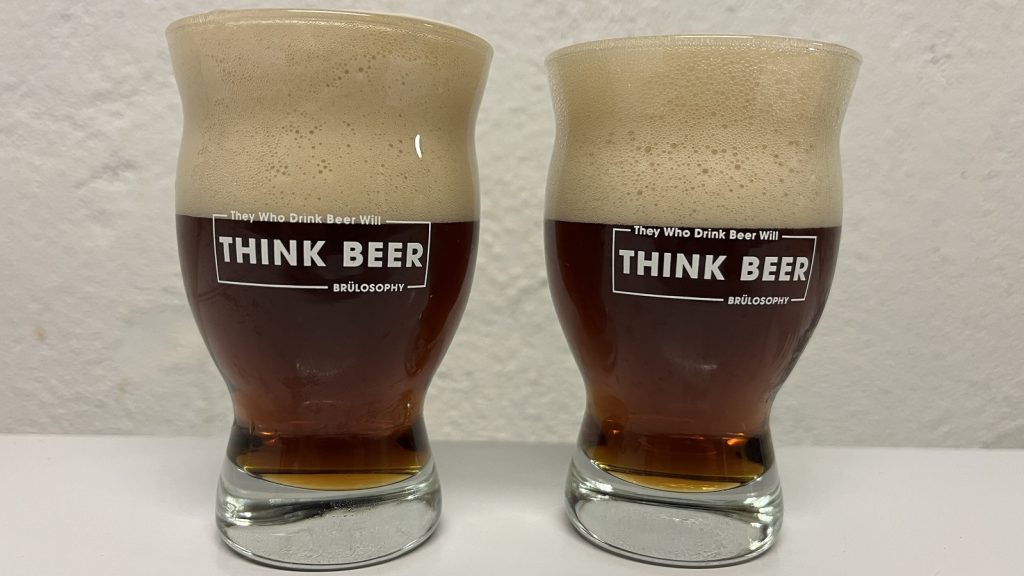
| RESULTS |
A total of 24 people of varying levels of experience participated in this xBmt. Each participant was served 2 samples of beer made with a step mash and 1 sample of the beer made with a double decoction mash in different colored opaque cups then asked to identify the unique sample. While 13 tasters (p<0.05) would have had to accurately identify the unique sample in order to reach statistical significance, 14 did (p=0.01), indicating participants in this xBmt were able to reliably distinguish a Czech Dark Lager made with a step mash from one made with a double decoction mash.
The 14 participants who made the accurate selection on the triangle test were instructed to complete a brief preference survey comparing only the beers that were different. A total of 7 tasters reported preferring the step mash beer, 5 said they liked the double decoction beer more, and 2 had no preference despite noticing a difference.
My Impressions: Out of the 5 semi-blind triangle tests I attempted, I correctly identified the odd-beer-out just once. To my palate, both beers were crisp and clean with the same caramelly malt flavor and light roast backbone.
| DISCUSSION |
Modern brewers are fortunate to have easy access to highly modified malts, as the starches can be easily converted to fermentable sugars with a single-infusion mash. In order to accomplish this with the less modified malts used centuries ago, brewers developed methods like step mashing and decoction mashing, which some claim have a perceptible impact on the finished beer. Indeed, tasters in this xBmt were able to reliably distinguish a Czech Dark Lager made with a step mash from one made with a double decoction mash.
It’s certainly possible the different mash methods are solely responsible for tasters being able to tell these beers apart, though this counters the results from a prior xBmt comparing a triple decoction to single-infusion. One potential explanation is that the differences in OG and FG, which were arguably a function of the variable, are what ultimately made these beer perceptibly distinct from each other.
Having used both of these mash methods many times over the years, I’ve settled on step mashing when making lagers largely because it’s a less complicated process. Going into this xBmt, I expected the finished beers to be characteristically different, and while the blind taster supported this, I simply could not tell the beers apart. As such, I’ll be sticking with my standard step mash process, though I look forward to further exploring the perceptible impact decoction mashing has on beer.
If you have any thoughts about this xBmt, please do not hesitate to share in the comments section below!
Support Brülosophy In Style!
All designs are available in various colors and sizes on Amazon!
Follow Brülosophy on:
FACEBOOK | TWITTER | INSTAGRAM
If you enjoy this stuff and feel compelled to support Brulosophy.com, please check out the Support page for details on how you can very easily do so. Thanks!


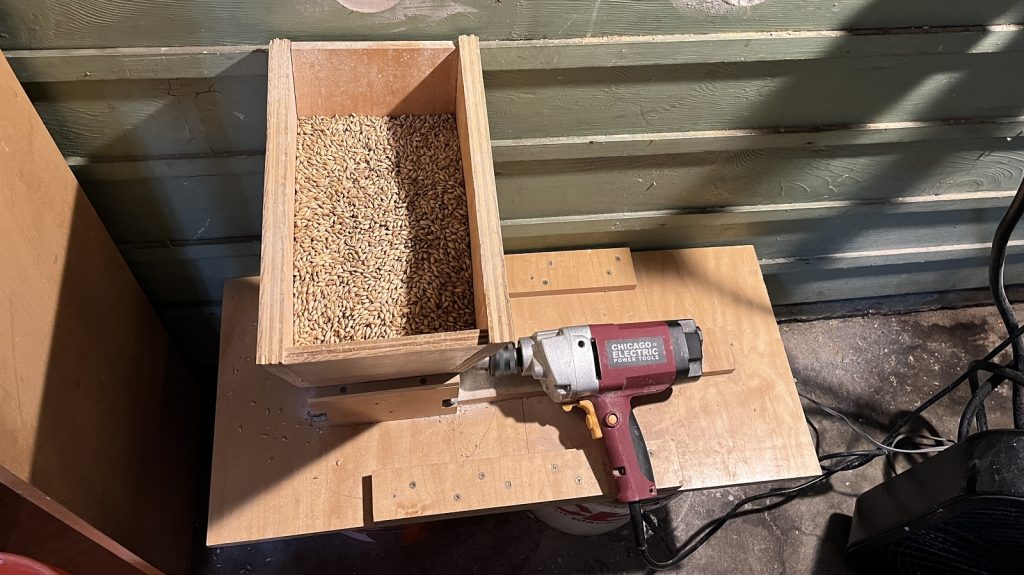
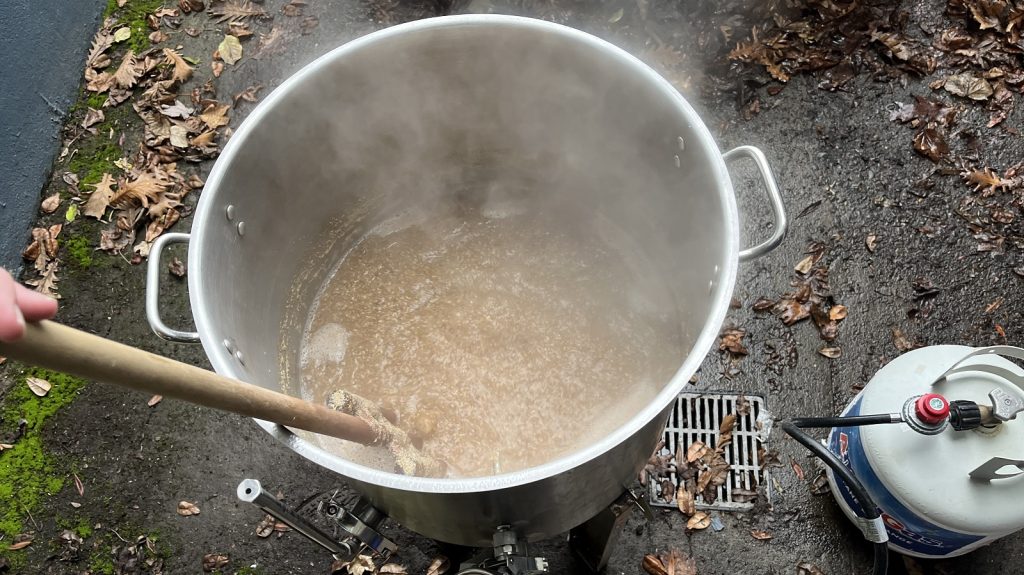
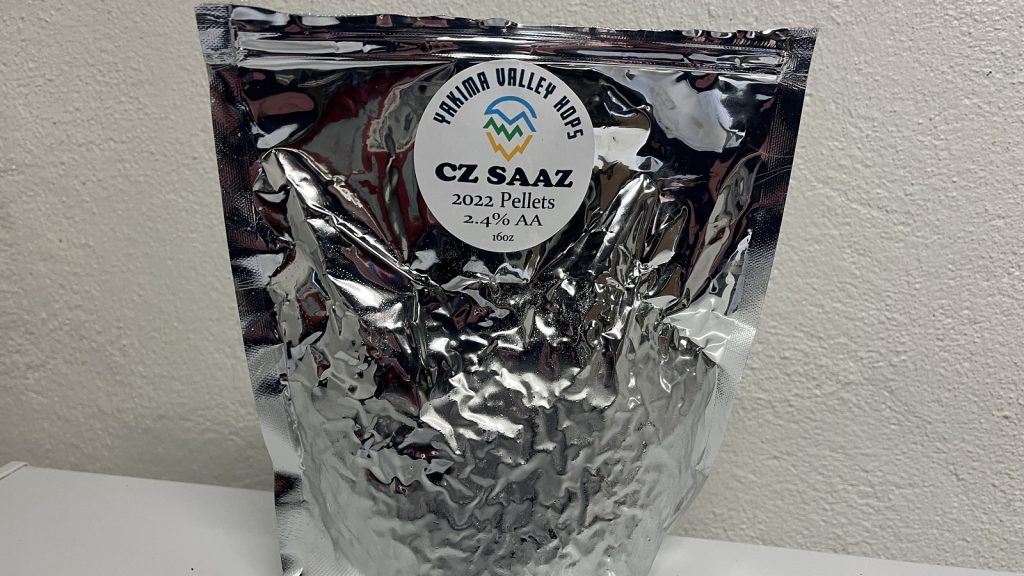
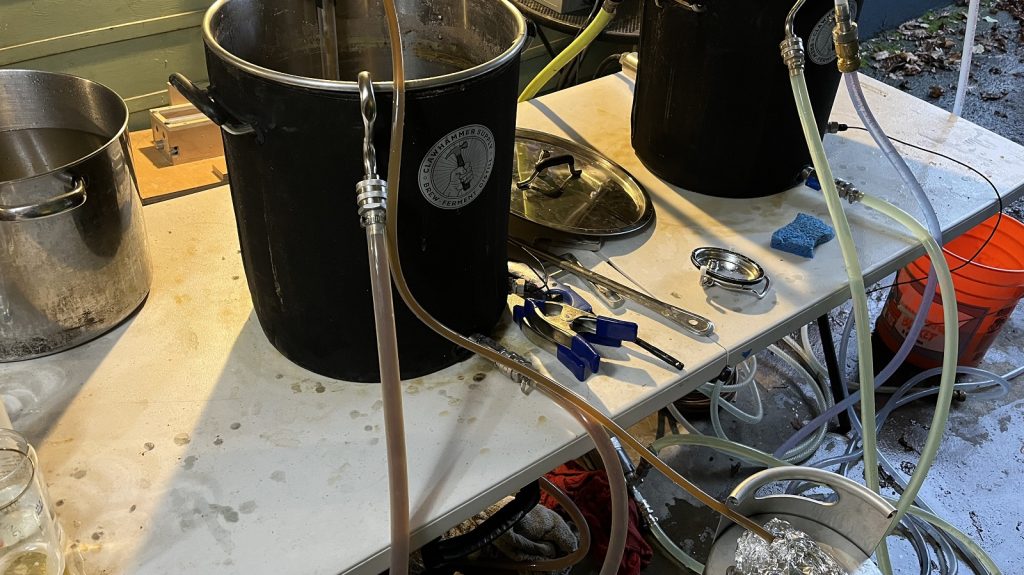
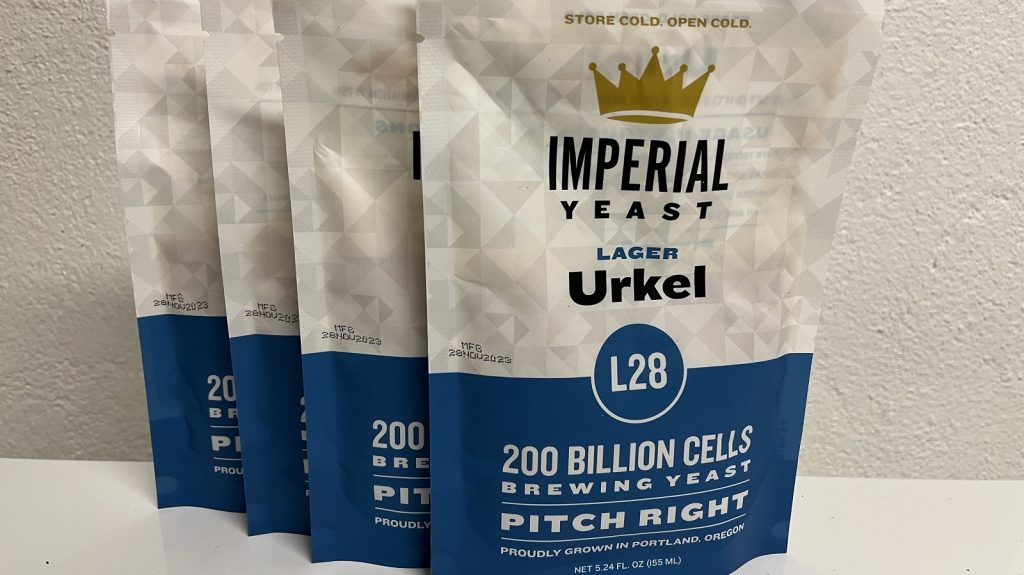











10 thoughts on “exBEERiment | Step Mash vs. Double Decoction In A Czech Dark Lager”
It would be interesting to see this experiment repeated with adjustments, i.e. so that both beers have the same OG. As discussed, the stark differences in OG would at least partially explain why differences were perceived.
Another aspect is that the style uses some flavourful specialty malts that may cover up any otherwise noticeable decoction character.
In any case, I think just the difference in OG between the two mashing methods shows one big impact of decoction mashing, namely that it makes more starch available that can then be saccharified, is quite interesting to see. Not that this is really relevant for homebrewers, especially when putting it in relation to the additional time and energy spent on boiling multiple decoctions, but interesting regardless.
The decoction batch had a higher OG which you suggest was due to boil-off from the decoction. Did you track the volumes of each batch so that you could calculate the total sugar in each batch and see if the decoction actually increased total conversion?
Insightful comments above. Given that in both cases the first mash step was 45 minutes I would not expect much difference. By that time mashing would be essentially finished limiting the effect of either method on starch conversion, so fairly similar to a single infusion. Why not limit the first step to 20 to 30 minutes?
At 62C 45 minutes is nowhere near complete.
Even when OG is stable complicated sugar is converting to simple sugar, especially in a higher temp mash.
0.008 difference in O.G. that you attribute to boiloff? OK. What was the volumetric difference? Simple calculators would have backed up that idea. I see no mention in difference of volume. You could have topped off. . . .
IDK. Sloppy, man. The upside is that you made beer.
My apologies – looks like the volume differences didn’t make the final edit. The decoction batch was about a gallon less by the end of the boil when compared to the step mash version – which I attribute to the boil off associated with the two decoctions. I racked equal amounts into both FVs, so FV headspace didn’t introduce another confounding variable. For better or worse, we don’t tend to alter the OGs when an OG difference occurs as a function of the variable we are testing. We’ve had numerous xbmts that yielded starkly different levels of attenuation/OG/FG, yet tasters could not reliably taste the difference. Perhaps the significant tasting panel result is in part attributed to OG/FG differences, or perhaps decoction really does add a perceptively notable level of malt richness.
Also wondering if it had any impact on foam stability for example.
Nope, both had similarly amazing foam formation and retention
I
Sorry bout the former post:).
I have just tasted the result of an eperiment I did with weissbier. I brewed two batches with the same recipe, and fermented them in the same way with the same yeast (Munich Classic slurry from a starter.)The first one was mashed using a ferulic acid step and a 40 minute very solid decoction drawn from the 63C step. Done by the book, stopping at 71C on the way up to let alpha work on the starches. Back to 63 after the decoction to let beta work on the new starches and dextrins. Before boiling I adjusted the volume to compensate for what was evaporated during the decoction.
The second batch was done by infusion at 67C, adding a long 72C step, which I also used in the first batch.
The first one had an OG of 1.050 and FG was 1.008. The second had 1.048 and 1.008. That difference seemed a reasonable result of the decoction.
The two beers are to me identical, and my wife can’t tell them apart, either. That’s consistent with former experiences both with the ferulic acid step – which in theory should give a more pronounced clove character to the beer – and the decoction.
I am hoping to be able to get these two beers to a panel to do a true exbeeriment:).